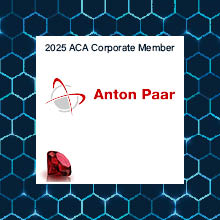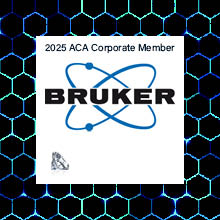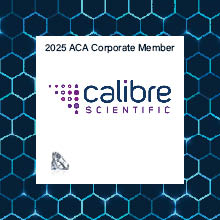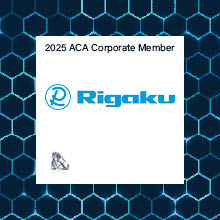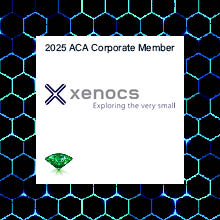- Home
- About ACA
- Publications & Resources
- Programs
- Annual Meeting
- Membership
- ACA History Center
- Media Archive
ACA Early Career Scientist Spotlight-23
Personal Statement
My main project involves an emerging class of Li-ion battery cathode materials with the disordered rocksalt structure, also known as DRXs. This structure typically has oxygen (and sometimes fluorine) on the anion site and a disordered arrangement of Li and transition metals (TMs) on the cation site. This structure makes it more difficult for TMs to migrate to the Li site upon charging- a common culprit of poor battery lifetime. Since more TMs can be used, and many more combinations of TMs, it is possible to optimize a cathode for both performance and sustainability- allowing us to move away from harmful and expensive TMs like cobalt and nickel that are commonly found in today’s cathodes. DRXs behave uniquely among other intercalation cathode structures, leaving a significant gap in understanding. As a result, while these materials show promise, they are unoptimized and have yet to show their true potential. For example, most structures have some degree of short-range order (i.e., departure from a truly random cation distribution) that limits performance. A fully disordered DRX could boast even higher capacities, according to computational models. In my research, I am working to understand, and eventually control, this short-range order through intelligent material selection and processing conditions. Since XRD only probes long-range order, analyzing short-range order necessitates techniques like PDF or XAFS. Then, to see time-dependent SRO formation and other kinetic effects, these experiments can be done in situ during heating or operando as part of a full battery cell. My other project involves Ge2Sb2Te5, a phase-change material that switches extremely rapidly between a low resistivity crystalline phase and a high resistivity amorphous phase under certain heating conditions. The material is a candidate for phase-change random-access memory, in which the high and low resistivity states can be used to store binary (or even analog) signals. I use in-situ EXAFS to better understand the local environment of atoms like Ge, and how that environment changes preceding crystallization. For other researchers doing XAFS, I highly recommend switching from Demeter to Larch, if possible. Larch is open-source and written in Python- opening up a world of possibilities for automation. It’s written by Matt Newville, who also worked on Demeter, so it’s structured in the same way and even makes it possible to import Athena projects directly. Crystallography is the core of my work, especially departure from it by means of disorder or amorphization. I usually try to explain XRD to non-crystallographers by likening diffraction to the way a floor of square tiles will “line up” when looking straight down a row, or down the diagonal, etc. Fortunately, most people with any STEM background recognize the rocksalt structure, so that part is usually easy! Outside of school, I enjoy making, collecting, and listening to music- the more eclectic the better. I also, in true mega-nerd fashion, play tabletop role-playing games with my friends. Like the rest of my research group, I am an absolute foodie and love making new recipes in the kitchen! |
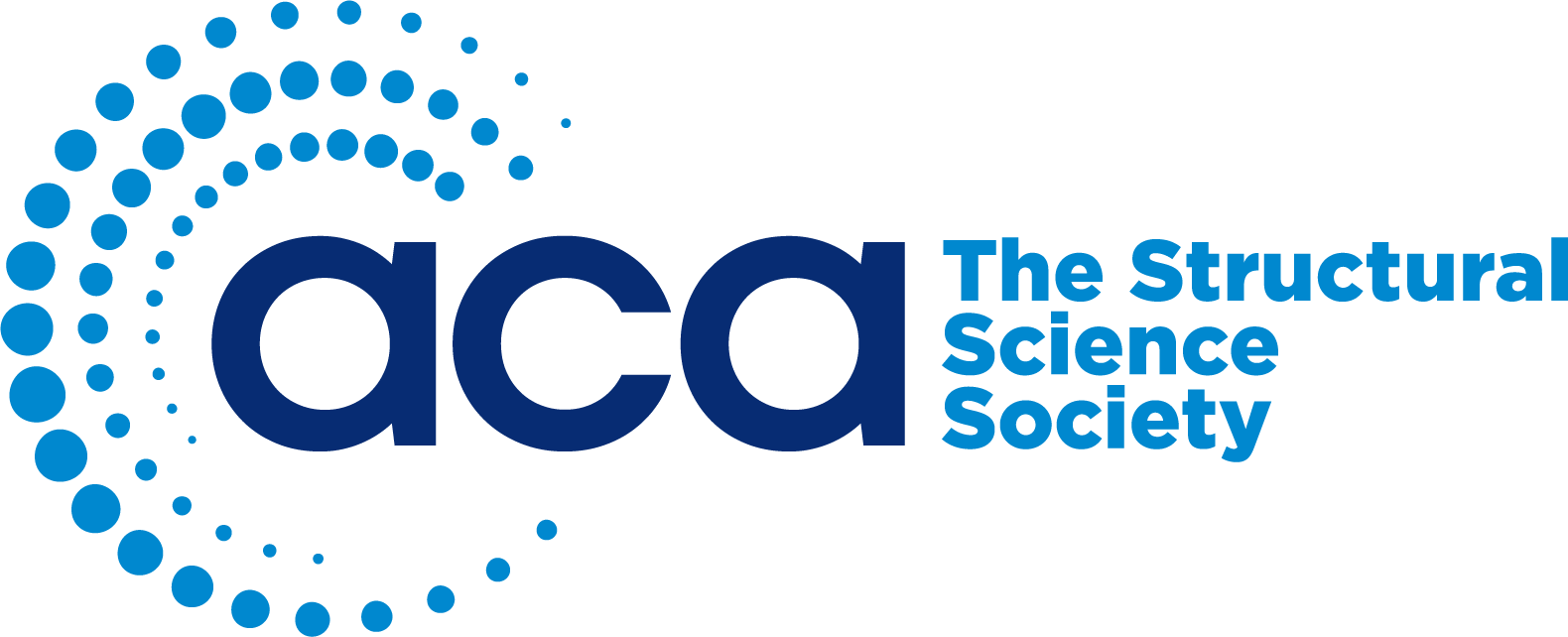
 John Langhout
John Langhout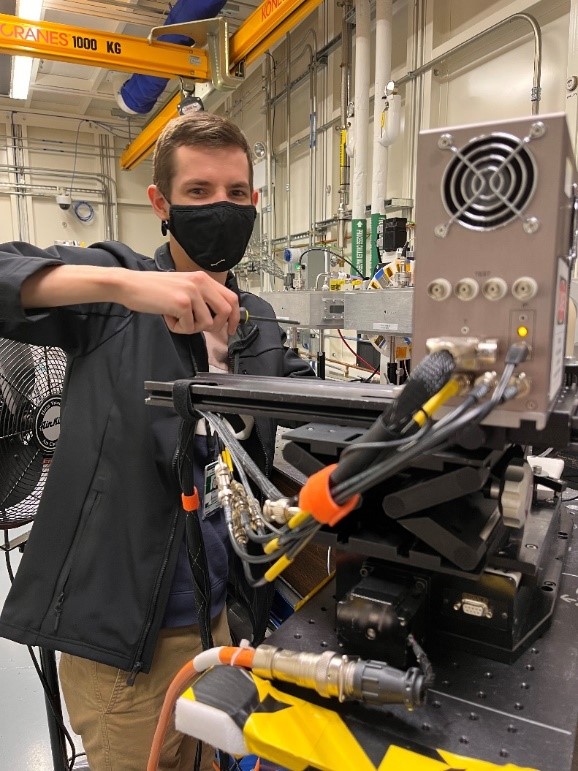 My research focuses on structure analysis methods for functional materials, particularly synchrotron techniques such as high resolution XRD, PDF, and XAFS. Most of my days, outside of classes or my responsibilities as a teaching assistant, involve data analysis, refinement, and fitting punctuated by battery cathode synthesis and cell assembly in the glovebox.
My research focuses on structure analysis methods for functional materials, particularly synchrotron techniques such as high resolution XRD, PDF, and XAFS. Most of my days, outside of classes or my responsibilities as a teaching assistant, involve data analysis, refinement, and fitting punctuated by battery cathode synthesis and cell assembly in the glovebox.

